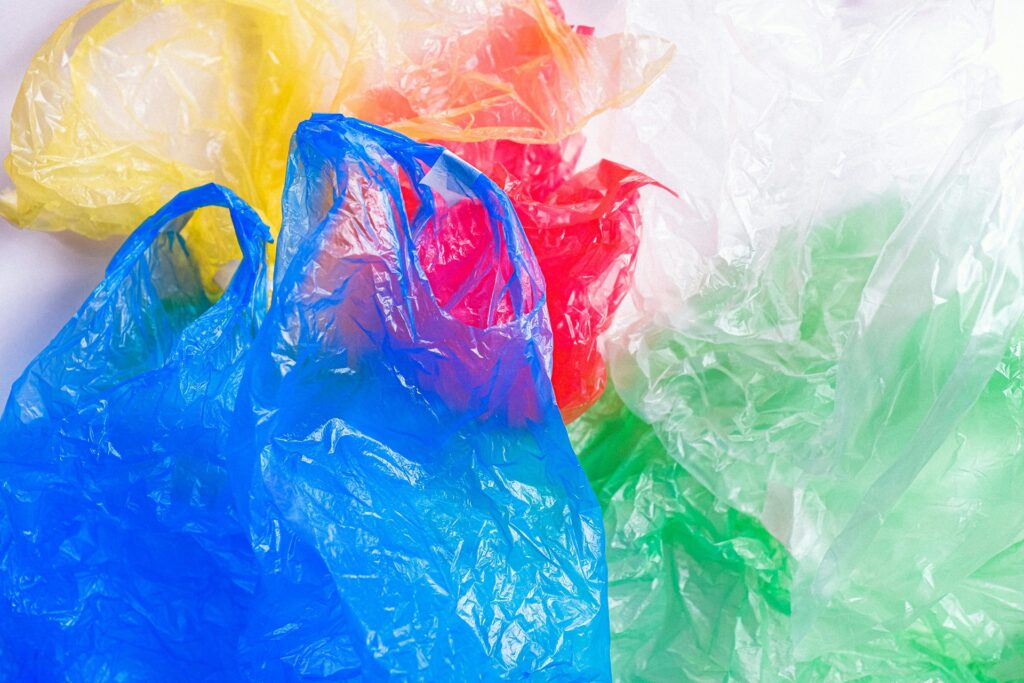
Where does all the plastic we throw away go? What happens to single-use plastics? Every July 3 is International Plastic Bag Free Day, a day to raise awareness of the serious problems of plastic pollution and the serious threat it poses to the natural environment, both terrestrial and marine.
Plastic bags take between 100 and 500 years to decompose and produce pollution from production to disposal. To manufacture them, oil is extracted and since they are single-use plastics, they are quickly discarded after use, polluting our common home significantly.
Approximately 11 million tons of plastic enter the oceans each year. Plastic never disappears, but breaks down into smaller pieces until it becomes microplastics. Each person ingests approximately 5 grams of plastic per week – the equivalent of one credit card.
The “Plastic Free July” campaign is a global initiative that invites people to reduce their plastic consumption and raise awareness about plastic pollution in ecosystems. Its main objective is to eliminate or drastically reduce the consumption of single-use plastics, such as bags, packages, bottles and disposable cutlery.
These represent a large portion of the plastic pollution in our oceans and natural ecosystems. By committing to avoiding these products, we take an important step toward protecting our common home.
There are endless creative ways to pursue this “de-plasticization” program. Some prefer to buy in bulk, others make their own cleaning and beauty products at home, while others choose to support local businesses that promote the use of sustainable packaging.
Are you up for the challenge? Tell us how you will do it in the comments.





